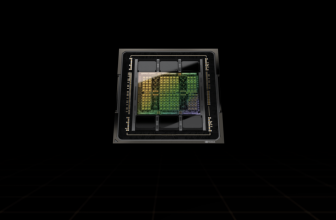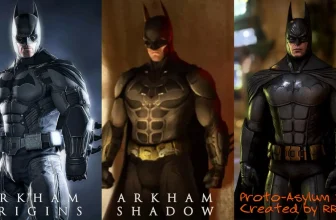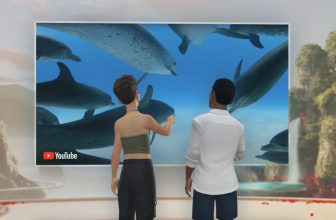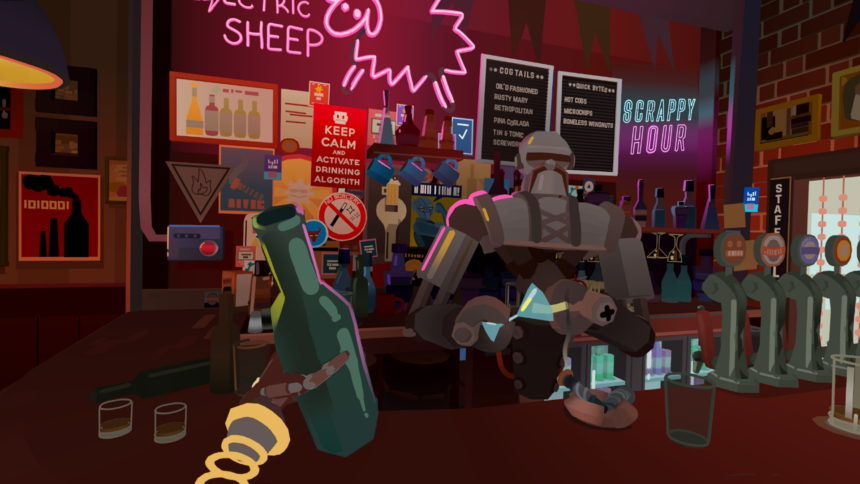
You don’t need to be a devoted follower of the genre to appreciate Retropolis, as it successfully captures the essence of traditional point-and-click adventures in virtual reality.
The first game of the series is called “The Secret of Retropolis” and was released in 2021 for Meta Quest and SteamVR. The second game, called “Retropolis 2: Never Say Goodbye,” followed in early 2024 for the same VR platforms. According to a Playstation Store listing for the game, the studio is also working on a PSVR 2 version of the game.
Over the weekend, I completed Retropolis 2 and found it so captivating that I also played and completed the initial game. It is not necessary to have played the first game in order to comprehend and appreciate the storyline of the second one, but having done so grants an advantage as it provides a deeper introduction to the primary characters and their background.
If you found this review intriguing, begin with the initial game. You can be confident that Retropolis 2 surpasses it in various aspects: the graphics, storytelling, gameplay, and scope have all improved.
Retropolis 1 & 2: Review in a nutshell
Retropolis offers a VR experience that combines classic point-and-click adventure elements without making major changes. The puzzles are generally well-executed, but Retropolis truly shines in its visually stunning film noir environment and interesting characters. Despite the theme, there is nothing mechanical or robotic about this experience.
Retropolis is ideal for individuals who…
- like story-driven and humorous adventure games,
- love film noir elements and
- are looking for a VR game that can be played effortlessly while sitting.
Retropolis isn’t for you if you …
- prefer action games to puzzle-solving
- I do not appreciate stylized graphics.
A fascinating cyberpunk setting
I must admit that point-and-click adventures are not my preferred genre, despite having enjoyed playing a few of them during my childhood and teenage years.
Prior to starting Retropolis 2, I questioned the relevance of playing a point-and-click adventure game in virtual reality. Considering that VR heavily relies on physical movements and hand interactions, doesn’t this genre seem somewhat mismatched in this context?
I immediately enjoyed Retropolis 2 for the fact that it provides an extremely comfortable gaming experience. I was able to play it effortlessly while lying on my side on the couch throughout the weekend, without having to sacrifice any aspects of the gameplay. If you desire a VR experience that is less physically demanding, Retropolis is the ultimate choice.
The second reason is that I was fascinated by the world of this game from the beginning. Retropolis is a city populated only by robots, built as a reminder of the human world as it once was. However, as the game suggests, humanity is history, and what remains of the post-apocalyptic city are robots with human-almost-too-human traits. Retropolis is therefore a mirror of humanity, with all its light and dark sides.
The story is a classic film noir tale: protagonist Philip Log, a detective with a troubled past, is hired by movie star Jenny Montage to find a special item. But in the process, Log uncovers a conspiracy that threatens the entire city of Retropolis.
The initial game serves as a brief introduction to the atmospheric world and characters, while the subsequent game, consisting of four episodes, presents a more extensive plot.
“The characters and dialog are wonderful.”
While the first game deals with a corrupt mayor, the second part’s dark machinations take on far greater proportions when a mysterious figure known as the Magician appears on the scene. The antihero Philip Log is driven less by solving the crimes than by his love for Jenny Montage, who is at the center of the conspiracy and disappears at the end of the first game. The second game begins a year after her disappearance when Log follows a new lead.
In the course of your journey, you will explore different places such as a bar, a lighthouse, a prison, and an opera house, and encounter peculiar and fascinating individuals. The charm of Retropolis lies in its vibrant characters and the clever and amusing conversations that drive this game.
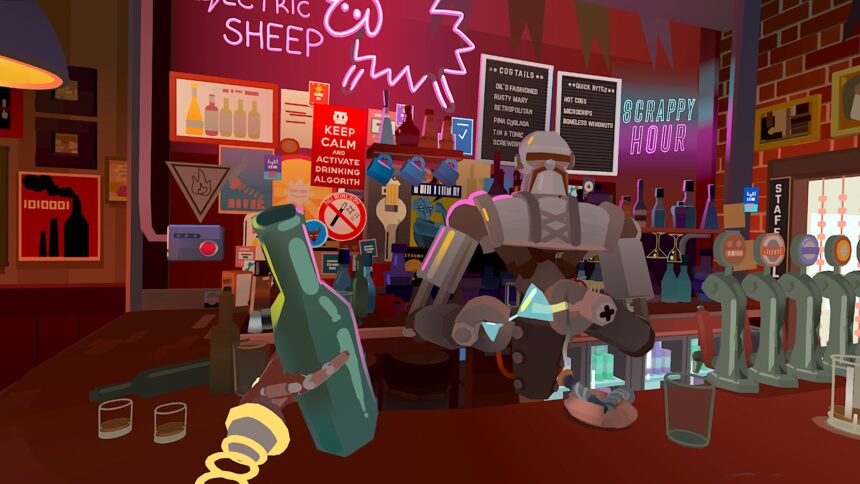
All the characters and locations were drawn and animated by hand using the VR app Quill. | Picture: Peanut Button
Like a classic point-and-click adventure game, you move from room to room, collecting items and solving puzzles by combining items with objects in the world. Thanks to extendable arms and snap turn, you can do this without any movement or physical effort. The quality of the puzzles varies, and some of them took me a long time to solve. Furthermore, I found that the “find the code” types of puzzles were a little too common. But overall, I felt well entertained by the puzzle-solving.
If you get stuck, you can access an online manual right in the game. As a point-and-click novice, I was glad to have this.
Final thoughts: It is advised to try this game, even if you do not typically enjoy point-and-click adventure games.
Ultimately, it wasn’t the puzzles that held my interest in Retropolis. It was the storyline that captivated me, leaving me curious about its development. The characters, the film noir settings that exuded a certain atmosphere, the melancholic jazz soundtrack, as well as the blend of humor and tragedy in the lives of personified robots – all these elements collectively created the world of Retropolis that completely transported me.
Philip Log and Jenny Montage’s story continues after the game concludes. I am excitedly anticipating the potential for a follow-up adventure.




